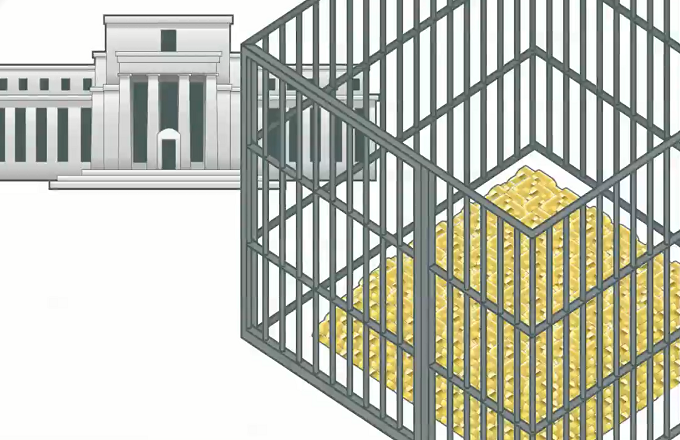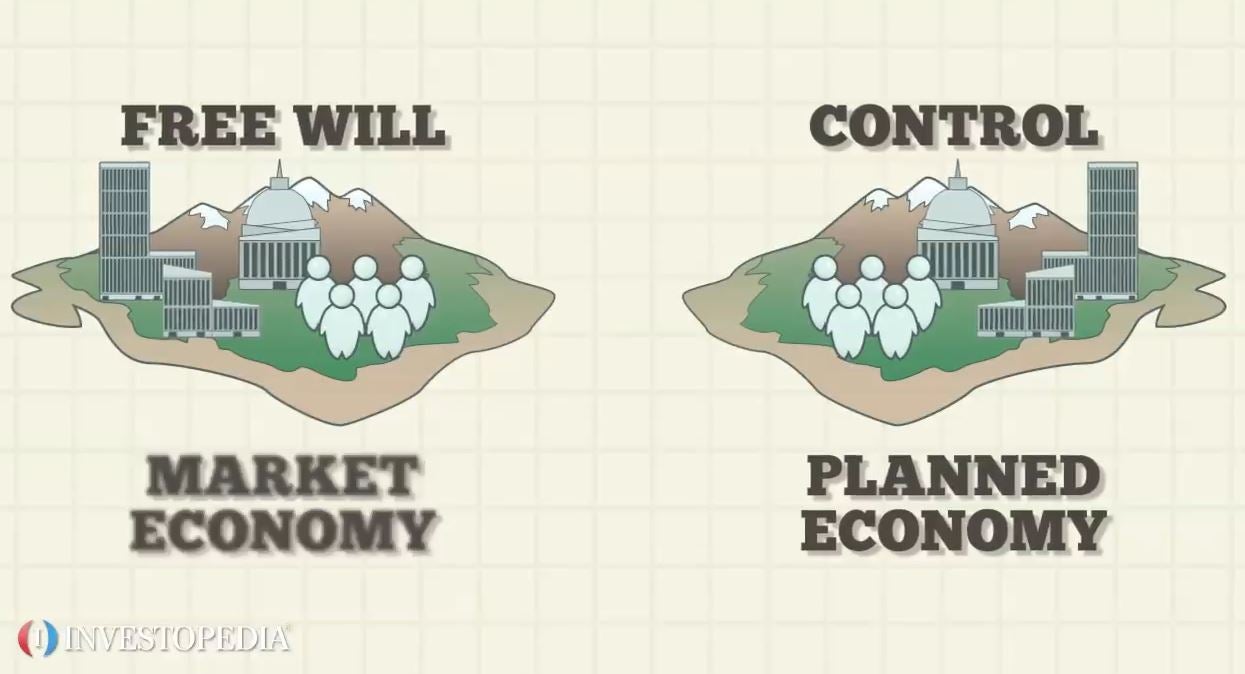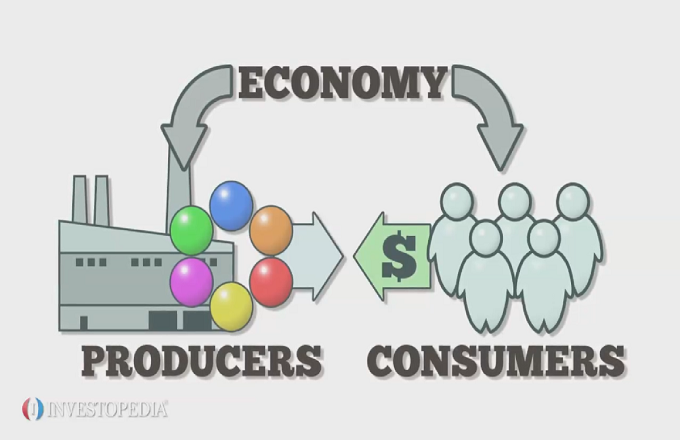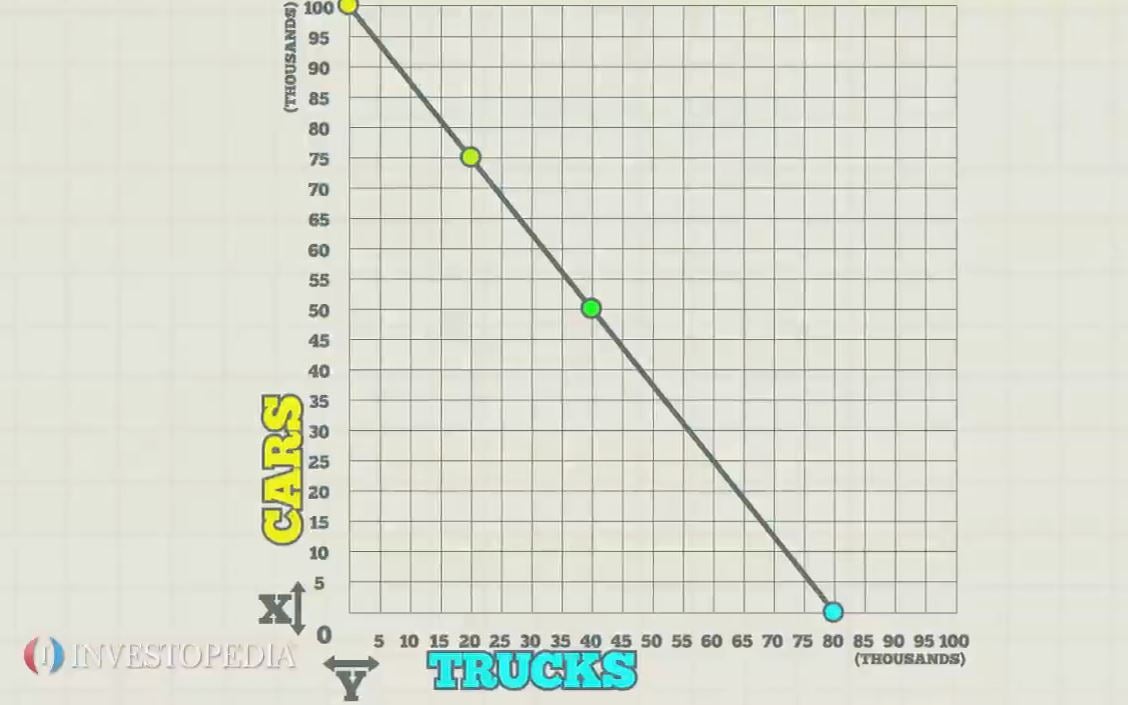A command economy is one where the government controls the economy, acting as the central planner, dictating production quotas and distribution levels, and setting prices. Such economies exist in communist or socialist states such as China, North Korea, Cuba and the former Soviet Union.“Planned economy” is another term for command economy, although some economists make a distinction between the two. For some scholars, a planned economy allows for private ownership of the means of production, whereas in a command economy, the government almost exclusively owns the means of production. China is an economy where this distinction is relevant. It has a mix of government-owned businesses as well as tightly controlled private businesses. Command economies traditionally have been inferior to free market economies in their ability to allocate goods and services efficiently. This inefficiency creates shortages and wasteful surpluses. The problem is caused by the inability of the government central planners to accurately predict consumer demand preferences. Even in a moderately small economy, there are thousands of variables influencing demand. Some, such as the weather, are impossible to forecast in the long term. But if the central planners get one variable wrong, they miscalculate demand, set incorrect production and price levels and create shortages or surpluses. This inefficiency has caused a number of governments with command economies to shift to a more market-based economy.





